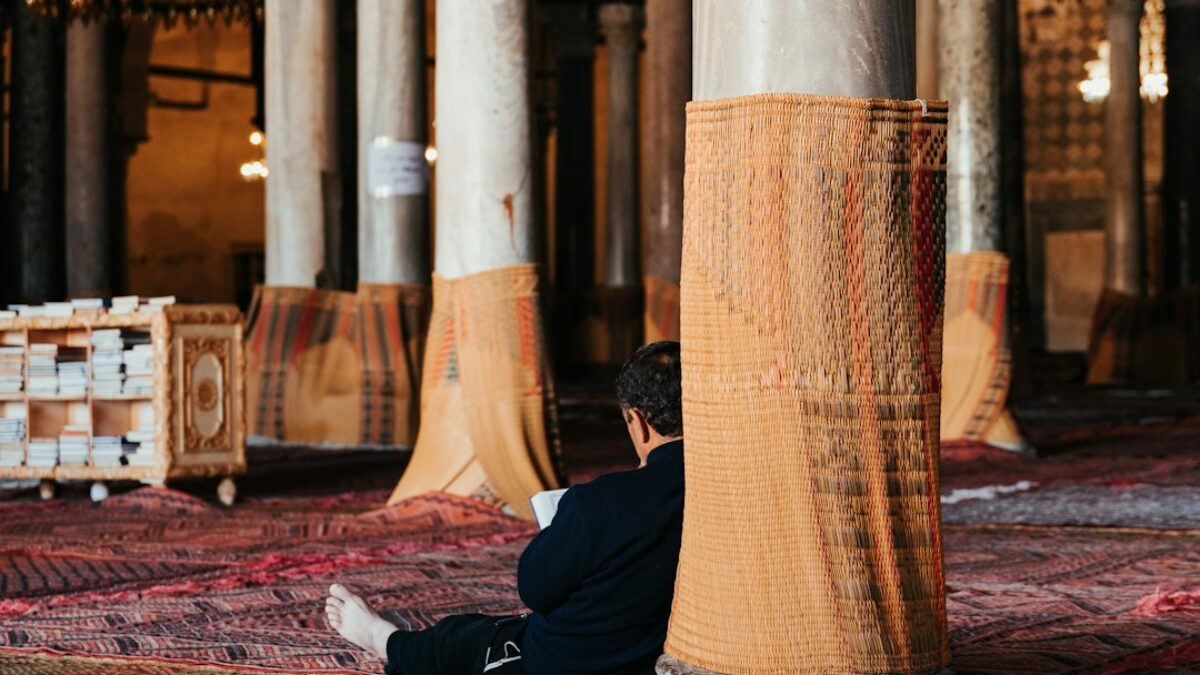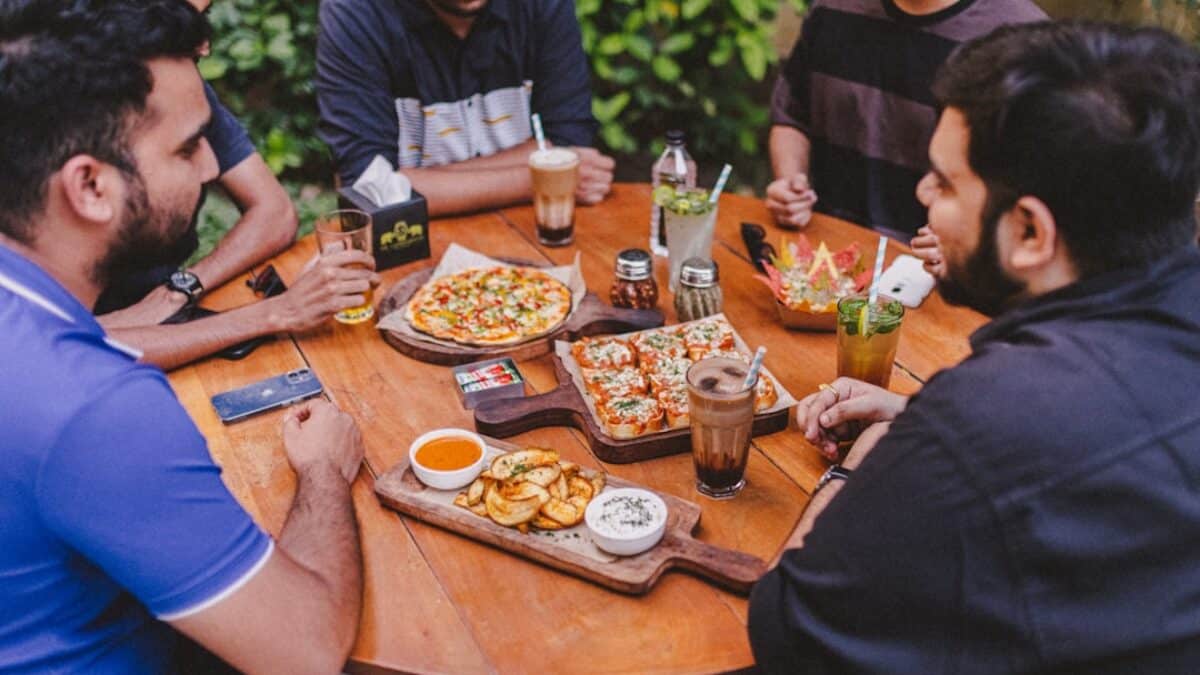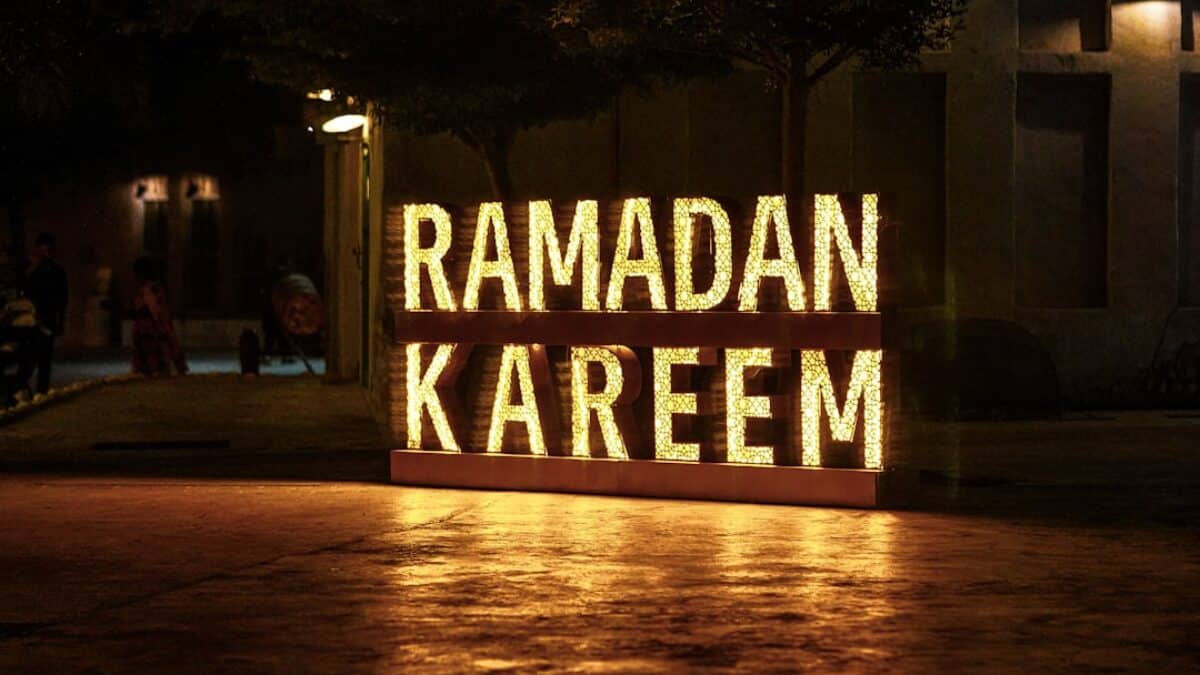The ninth lunar month brings more than dawn-to-dusk fasting; it awakens a spirit of collective mercy that has defined Muslim communities for fourteen centuries. When families gather around the iftar table, gratitude naturally overflows into action—the desire to feed, gift, and uplift households who may not even have dates with which to break their fast. Ramadan family charity projects channel this impulse into structured, sustainable initiatives that teach children generosity, strengthen inter-generational bonds, and tangibly reduce hardship in the neighborhood.
Understanding Ramadan Charity Culture
Rooted in Revelation
Zakat al-Fitr and general sadaqah are not modern add-ons; they are divine directives revealed in the same verses that prescribe fasting. “And establish prayer and give zakat” (2:43) links the physical restraint of sawm with the outward flow of resources to those in need. Families who internalize this connection move beyond sporadic donations toward strategic, month-long projects that embed charity in daily Ramadan rhythms.
From Individual Obligation to Household Culture
Parents often ask, “When should my child first pay zakat?” The more transformative question is: “How do we make charity a family culture?” Ramadan provides a 29- or 30-day incubator where children witness budgeting, shopping, packing, delivering, and—most importantly—seeing human faces behind statistics.
Key Components of Ramadan Family Charity Projects
Feed: Zero-Hunger Iftar Baskets
What Goes Inside
- Core staples: 2 kg rice, 1 kg lentils, 1 L oil, 500 g dates, tea, sugar, salt
- Ramadan treats: Dried apricots, tamarind drink mix, vermicelli for sheer khurma
- Child-friendly extras: Juice boxes, coloring book about Ramadan, small Eid cookie cutter
Family Workflow
- Budget meeting: Allocate a line in the household Ramadan budget labeled “Iftar for 10 families”.
- Shopping mission: Divide list among children by supermarket aisle; youngest handles dates, teens compare oil prices.
- Assembly line: Spread a plastic tablecloth in the living room after taraweeh; grandparents fill spice jars, parents seal bags, kids decorate labels.
- Dua moment: Pause to recite Surah Al-Ikhlas three times and make collective supplication for recipients.
Gift: Eid Delight Kits
Curating Joy for Every Age
| Age Group | Recommended Items | Cost Range (USD) |
|---|---|---|
| 3-6 years | Plush prayer mat, crayon set with Ramadan stencils | $5-8 |
| 7-12 years | Storybook on Prophets, DIY henna cone kit | $10-12 |
| 13-18 years | Journal with Qur’an verses, gift card for modest fashion outlet | $15-20 |
| Adults | Perfume oil, premium prayer beads, grocery voucher | $25-30 |
Personalization Tips
Encourage children to write handwritten cards in Arabic and English. One heartfelt sentence like “May Allah fill your Eid with laughter just like you filled my Ramadan with hope” can outweigh pricier gifts.
Uplift: Long-Term Empowerment Programs
Micro-Entrepreneurship Seed Grants
Instead of one-time cash, families can pool zakat to offer $100-$300 micro-grants for small businesses—think sewing machines for widows, baking ovens for single mothers, or toolkits for unemployed youth. Follow up during Shawwal to mentor recipients and celebrate first profits.
Skills & Scholarship Circles
- Resume clinic: Teens create CV templates and coach job-seekers after maghrib.
- Homework club: University students in the family offer weekly tutoring for refugee children.
- Tech literacy: Grandparents transfer basic smartphone skills to elderly migrants so they can video-call relatives abroad.
Benefits and Importance
Spiritual Growth Across Age Groups
Parents report that children who once complained about fasting hours start waking early “to fill the water bottles faster so we can deliver them before fajr.” This tangible link between fasting, empathy, and effort cements faith far more effectively than lectures.
Community Cohesion
When multiple families synchronize their projects—one handles iftar baskets, another runs Eid gifts, a third mentors single mothers—mosques become distribution hubs and neighborhoods transform into safety nets that outlast Ramadan.
Child Development Research Insights
Recent studies by the Islamic Social Services Association show that children engaged in regular, family-led charity score 35 % higher on empathy indices and 28 % lower on materialism scales by age 15 compared to peers who only witness sporadic donations.
Practical Applications
Week-by-Week Ramadan Roadmap
Week 1: Assessment & Budgeting
- Hold a family halaqa on Surah Al-Ma’un (107) to frame the project spiritually.
- Survey local shelters and refugee centers to identify exact numbers of households.
- Create a shared Google Sheet titled “Ramadan Mercy Budget 2025” with columns for items, quantity, unit price, and volunteer assignee.
Week 2: Procurement & Branding
- Bulk shopping: Visit wholesale markets on Monday night when aisles are emptier; bring reusable crates to avoid plastic bags.
- Logo design: Let the youngest artist draw a crescent and star sticker that goes on every bag—kids beam when they see “their brand” distributed city-wide.
Week 3: Assembly & Personal Touches
Transform the garage into a mini factory. Play Surah Ar-Rahman recitation in the background; psychological studies show melodic Qur’an recitation increases oxytocin levels, boosting feelings of compassion during repetitive tasks.
Week 4: Delivery & Storytelling
Use the final ten nights to assign “Laylatul Qadr deliveries.” Families report that handing over an Eid gift box at 2 a.m. after taraweeh feels like unlocking a hidden treasure of barakah.
Digital Tools & Templates
- Canva flyer: Free template “Eid Gift Drive – Donate Joy” editable in Arabic, English, and French.
- Waqf calculator app: Helps families calculate 2.5 % zakat on children’s savings and add it to the collective pool.
- QR code sign-up: Neighbors scan to pledge volunteer hours or in-kind items without lengthy forms.
Real-Life Case Studies
Case Study 1: The “Rice & Roses” Initiative, Jakarta
The Wijaya family of six turned their textile-shop surplus into 200 drawstring bags embroidered with “Feed with Love” in Bahasa. Each bag contains sahur staples and a fresh rose. Over three Ramadans they’ve reached 1,800 households and mentored eight single mothers into launching catering micro-businesses.
Case Study 2: “Detroit Dignity Baskets,” Michigan, USA
Second-generation Arab-American teens partnered with Latino neighbors to create multicultural iftar boxes—halal chicken tamales alongside falafel mix. The project reduced local mosque food-pantry lines by 42 % and sparked a year-round monthly potluck that celebrates both Eid and Cinco de Mayo.
Case Study 3: “Feed the Fast” App, Manchester, UK
The Hussain family built a simple web app where donors sponsor £3 hot meals cooked by refugee chefs, delivered nightly by volunteers on bicycles. In Ramadan 2025 they served 9,400 meals and collected 1,200 post-Ramadan job referrals for the chefs.
Frequently Asked Questions
What if our budget is extremely limited—can we still make an impact?
Absolutely. Shift from volume to value-added thinking. Pool neighbors for a joint cooking session: one family supplies lentils, another spices, a third bags. A single large pot of khichdi can feed 30 people at a shelter for under $20. Add handwritten notes in glitter pens and the emotional value surpasses costlier baskets. Alternatively, focus on skills charity: offer free Qur’an recitation classes or resume reviews—your time is zakat-eligible if the recipient is deserving.
How do we vet recipients without causing embarrassment?
Partner with reputable local NGOs or mosque social workers who already maintain confidential lists. Use a coded referral system: the NGO provides you with first names only and delivery addresses. When you arrive, simply say “Salam, we’re your Ramadan neighbors with a small gift.” Never photograph recipients without explicit permission; dignity is part of charity.
Can children contribute their own money or only volunteer time?
Both. Children’s pure intentions count even if the amount is 50 cents from their piggy bank. Encourage them to label coins “For Fatima’s Eid dress” or “Omar’s school bag.” This creates a personal bridge between giver and receiver. Record these micro-donations in the family ledger so children see cumulative impact: “Our family + friends + your coins = 15 Eid outfits.”
Is it permissible to use zakat funds for non-Muslim households?
Classical fiqh restricts zakat to eligible Muslim recipients, but sadaqah (voluntary charity) has broader scope. Ramadan projects often blend both: use zakat strictly for Muslim families below the nisab line, while allocating separate sadaqah envelopes for interfaith neighbors. Transparency prevents confusion—label boxes “Zakat-eligible” versus “General charity.”
How do we sustain momentum after Eid?
Create a “Shawwal Check-In” calendar reminder. Revisit recipients on the first Friday after Eid with a smaller gift—perhaps school supplies or a grocery voucher. Follow-up calls show long-term commitment rather than one-off pity. Some families evolve into monthly micro-funding circles that rotate among members, keeping the charitable muscle flexed year-round.
What safety protocols should we follow during deliveries?
- Group travel: Minimum two adults per car; teens travel with parents.
- Daylight drops: Schedule between maghrib and isha when streets are lively, reducing security risks.
- Contactless option: Leave baskets at doorsteps, knock, and step back—COVID-era etiquette persists for immunocompromised recipients.
- Data privacy: Use GPS pin drops instead of sharing personal phone numbers with strangers.
How can digital fundraising complement physical projects?
Launch a Ramadan LaunchGood campaign featuring real-time thermometers. Children create daily TikTok updates showing basket assembly; teens edit 30-second reels of recipients’ smiling faces (with consent). Embed QR codes in mosque flyers so congregants can donate
























Post Comment